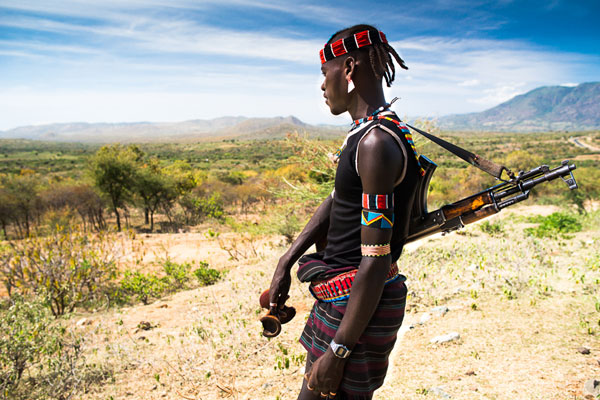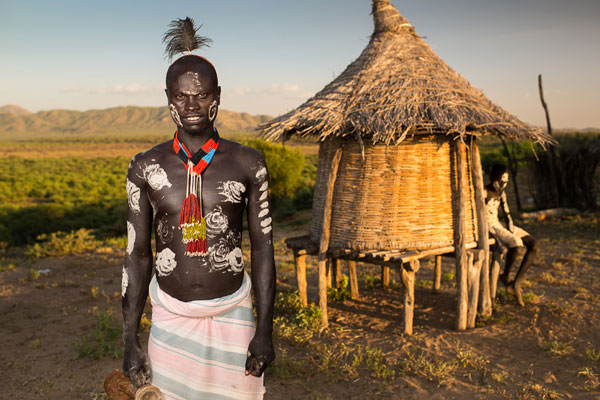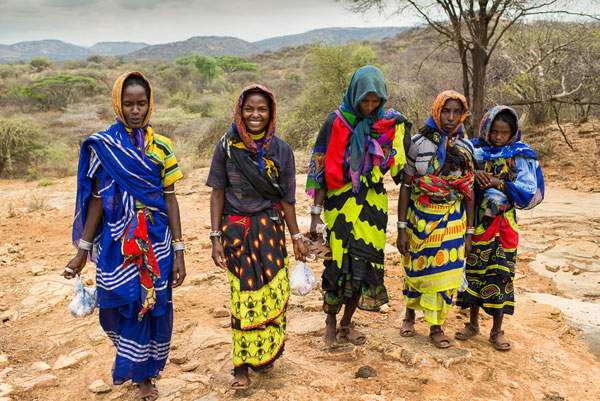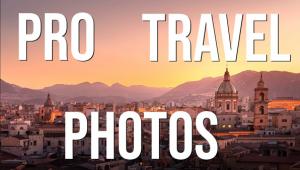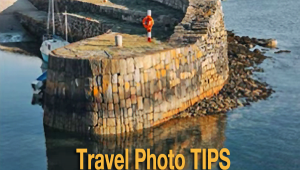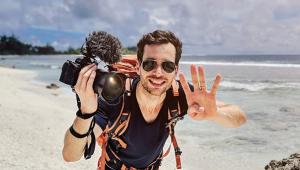Maynard Switzer spends almost half his article (On the Road: Ethiopian Journey, Shutterbug July 1, 2013) complaining that he doesn’t “like to pay for photographs.” Presumably, he is comfortable with paying for his camera bodies, his prime lenses, airfare, driver (and vehicle), guide, local guide, food and lodging. Yet he seems to begrudge paying the “models” starring in his ultimate product – images/pictures.
Recent data suggests that most Ethiopians live on about $2 US per day. At Mr. Switzer’s going rate of about 50 cents per picture, 2,000 images would cost him about the same as a prime lens.
Was Mr. Switzer paid for his article? I’ll bet it would not be quite as good a read without those accompanying pictures.
His website boasts of having worked in “beauty and fashion photography”. Those models were probably paid at least $1 US per image/picture.
According to his article, some of the “savvy” locals in Ethiopia – who want to get paid like most everyone – know that those photographers “who do show up are pretty serious about their photography”. They are indeed making “the most of the situation”. Is this a problem? These are not scenic images. If the pictures/images are important to you and what you do – whether spontaneous or posed – then fairly pay your models like you pay for everything else.
I do not mean to be unduly harsh, but the article just struck me as out of balance given the overall importance of the photographs/images.
Greg Holmes


